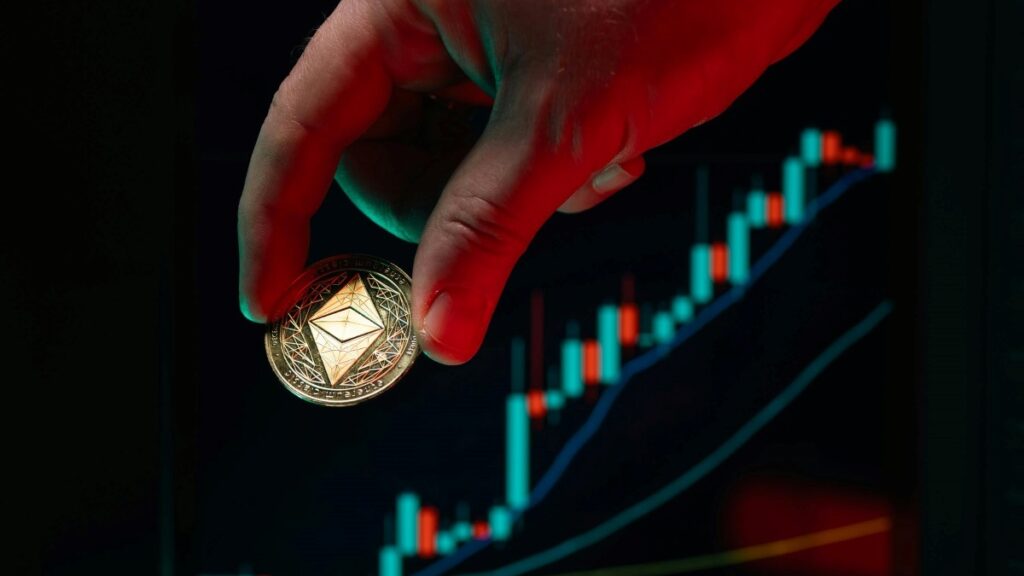TL;DR:
- BitMine expands its ETH holdings to 3,236,014 million after purchasing 203,826 tokens in one week.
- With total assets of $13.4 billion, the company aims to reach 5% of Ethereum’s supply.
- The purchase occurred during a period of massive sell-offs, raising both opportunities and questions of liquidity and asset concentration.
BitMine Immersion Technologies has increased its reserves to 3,236,014 million ETH coins after acquiring 203,826 tokens in the last week, representing approximately 2.7% of the total Ethereum supply. This increase attracted attention not only because of the size of the accumulated asset but also because of the speed at which it took place amid a context of high volatility and massive liquidations.
What does this strategy reveal, and what are its implications?
BitMine has stated that its combined holdings of cryptocurrencies, cash, and equity reach $13.4 billion, making it the world’s largest ETH treasury and the second largest in corporate crypto assets. The intensive purchase is part of a stated goal of reaching a 5% holding of Ethereum‘s supply, underscoring an aggressive bet on this asset while other players have been more cautious.

The context is crucial: the acquisition came after an episode of massive sell-offs that affected the crypto market, causing prices to temporarily drop and leaving buying opportunities for prepared players. By taking advantage of the decline, BitMine reinforces its narrative of buying during weakness, a strategy that elicits both admiration and questions about sustainability.
While accumulating more than 2% of the ETH supply is a sign of conviction, it also raises questions about capital concentration and the impact that such a degree of accumulation may have on future liquidity for other participants. In addition, the corporate treasury strategy differs radically from many traditional establishments in the crypto ecosystem, which often operate with more dispersed models.
Ultimately, BitMine’s move is as puzzling as it is ambitious. We will see if this cycle of rapid accumulation can be sustained without generating systemic tensions or lowering the guard of those observing from outside the institutional circle. The big question is whether this accelerated accumulation reflects a new stage of institutional maturity in crypto or simply another risky move.










